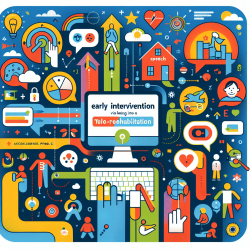Introduction
In the realm of participatory planning, communication is not just a tool but a complex process that intertwines with power dynamics and community agency. The research article ‘¡Eso no se dice’!: Exploring the value of communication distortions in participatory planning delves into this intricate relationship, offering valuable insights for practitioners aiming to improve their skills and outcomes in community engagement.
Understanding Communication Distortions
Communication distortions occur when the intended message is altered, either through misunderstanding or manipulation. In participatory planning, these distortions can reveal underlying power structures and agency limitations within communities. The research suggests that rather than striving for undistorted communication, planners should analyze these distortions to gain insights into the social and political dynamics at play.
Implications for Practitioners
For practitioners, understanding communication distortions can lead to more effective community engagement strategies. Here are some key takeaways:
- Identify Power Dynamics: By analyzing communication distortions, practitioners can identify power imbalances and work towards creating a more equitable dialogue.
- Enhance Cultural Competence: Recognizing the cultural and social factors that influence communication can help practitioners tailor their approaches to better meet the needs of diverse communities.
- Foster Agency and Empowerment: Understanding the limits of agency within communication allows practitioners to develop strategies that empower community members to participate more fully in the planning process.
Encouraging Further Research
While this research provides a foundational understanding of communication distortions in participatory planning, there is ample opportunity for further exploration. Practitioners are encouraged to delve deeper into the nuances of communication within their specific contexts, considering factors such as cultural norms, historical power dynamics, and individual agency.
Conclusion
By embracing the complexities of communication distortions, practitioners can enhance their participatory planning efforts, leading to more inclusive and transformative outcomes for communities. This approach not only improves the quality of engagement but also fosters a deeper understanding of the community's needs and aspirations.
To read the original research paper, please follow this link: ‘¡Eso no se dice’!: Exploring the value of communication distortions in participatory planning.










